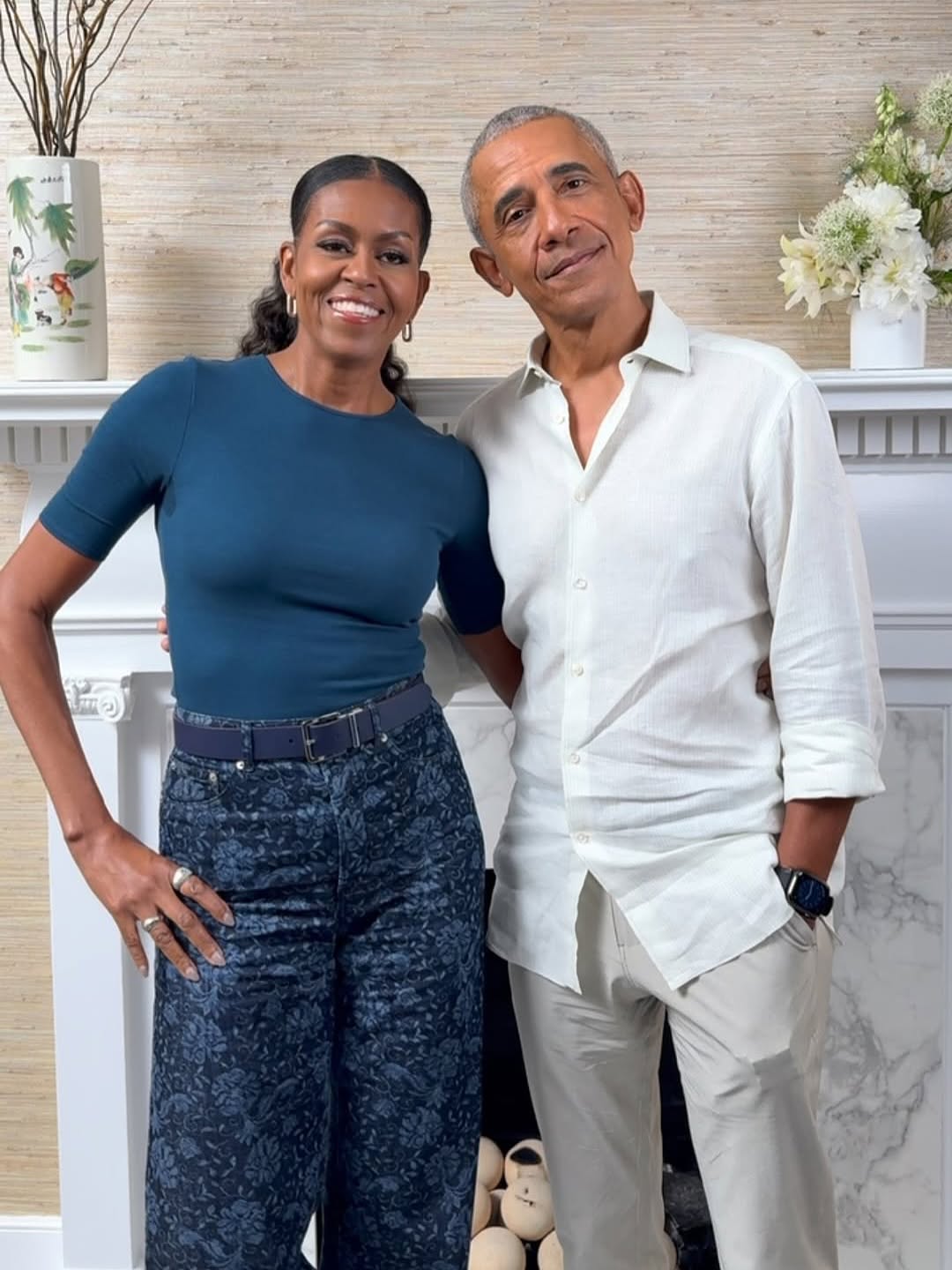Michelle Obama’s The Look: White House Fashion Meets Business Strategy
Michelle Obama’s The Look, released in November 2025, highlights her White House fashion choices while demonstrating how style intersects with leadership, branding, and economic influence. The book explores her deliberate wardrobe strategy, the financial boost she provided to designers, and the broader lessons her public image offers for CEOs and brand strategists today.
Fashion as Strategic Influence
During her tenure as First Lady from 2009 to 2017, Michelle Obama used fashion deliberately to convey values, identity, and inclusivity. Her choices were never just aesthetic; they were tools of communication and influence. Speaking to Good Morning America, she said, “I wanted to show the world the outstanding qualities of people who come from different places… That was the point — to find the best designers, to give them a stage.”
The book illustrates how she amplified the careers of emerging designers, including Jason Wu, whose global recognition surged after crafting her inaugural gown. By blending high-fashion with accessible labels like H&M and Target, she made style aspirational yet relatable, demonstrating economic awareness even during challenging financial periods.
Financial Impact of The Look
Michelle Obama’s approach to fashion extended beyond aesthetics into tangible financial influence:
-
Boosting Emerging Designers: Featuring up-and-coming designers led to increased sales, brand awareness, and international opportunities.
-
High-Street Integration: Mixing luxury with accessible fashion supported inclusive consumer engagement and market growth.
-
Publishing Revenue: The Look, priced at approximately $50, represents both an intellectual property asset and a lifestyle brand extension, reinforcing her influence beyond traditional media.
According to analysis reviewed by CEO Today, her strategic use of fashion is a case study in turning personal branding into measurable economic value, with implications for corporate leaders seeking to leverage identity for market advantage.

Michelle and Barack Obama
Legal and Ethical Dimensions
The book also touches on legal and ethical considerations. Fashion and image management intersect with intellectual property rights, representation laws, and anti-discrimination legislation. For example, Obama’s public support for natural hair and diverse designers aligns with evolving workplace equality and representation standards. Legal experts note that her careful curation of style while navigating public scrutiny offers lessons in compliance, brand risk management, and cultural sensitivity.
“Michelle Obama has shown that every aspect of public image can create both cultural impact and measurable economic value,” says Gabrielle Diamond, a brand strategist at LVMH.
Lessons for CEOs and Brand Leaders
-
Strategic Visibility: Leaders can use visual identity to reinforce corporate values and communicate leadership messages.
-
Economic Leverage: Highlighting emerging talent, as Obama did with designers, demonstrates the financial and reputational benefits of strategic partnerships.
-
Brand Compliance: Aligning public persona with ethical and legal standards ensures credibility and mitigates reputational risk.
-
Monetising Influence: Translating personal or corporate values into publishable content can create new revenue streams and enhance brand equity.
The Cultural and Business Legacy
The Look solidifies Michelle Obama’s status not only as a style icon but also as a thought leader in personal branding and cultural influence. By connecting fashion, finance, and leadership, she offers a blueprint for CEOs and business strategists seeking to leverage identity for economic and cultural impact. Her work demonstrates that in modern leadership, appearance and values are inseparable from financial and strategic outcomes.














